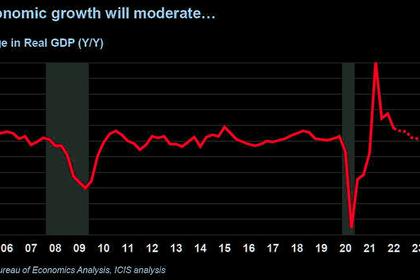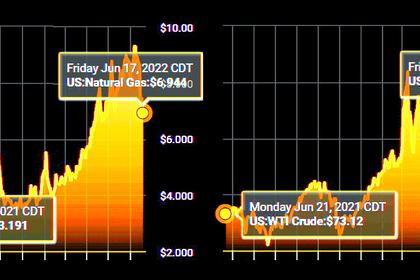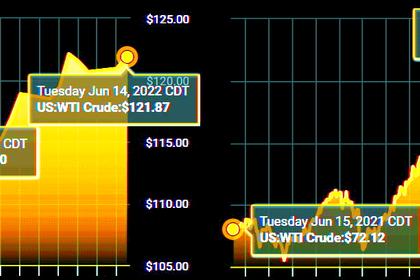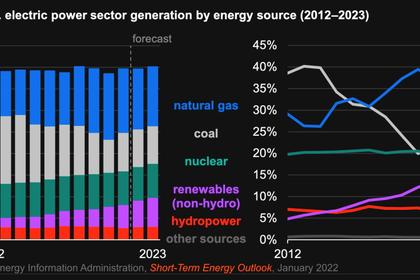
U.S. SOLAR POWER 25%
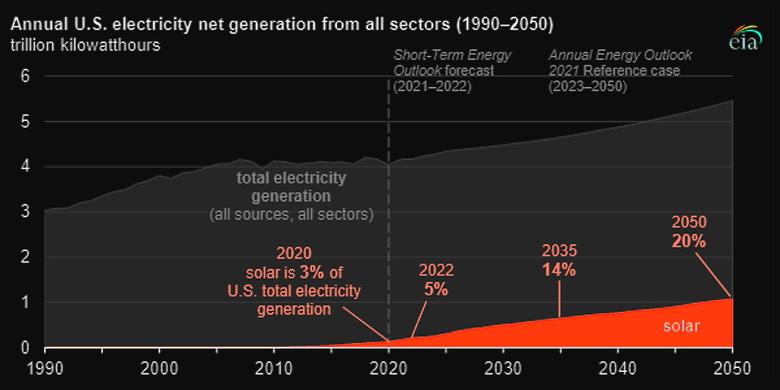
By ED REID Vice President, Marketing (Retired) / Executive Director (Retired) / President (Retired) Columbia Gas Distribution Companies / American Gas Cooling Center / Fire to Ice, Inc.
ENERGYCENTRAL - Jun 21, 2022 - Solar is intermittent. Therefore, solar generation is intermittent. Solar is unreliably available during the day and reliably unavailable at night. Solar conditions vary geographically and seasonally. Therefore, solar generation potential varies geographically and seasonally. Solar generation has been implemented initially in the best locations for solar generation potential. However, expansion of solar generation would require installations in less than ideal locations.
US Energy Information Administration reports a capacity factor of 25% for solar generation. Virtually all solar generation in the US and globally is redundant capacity, in that it cannot replace dispatchable conventional generation in a reliable grid, though it can displace the output of that conventional generation when solar generation operates.
Solar arrays are typically proposed and reported based on the rating plate capacity of the solar generators. However, since the solar collector capacity factors are in the 25 % range, their annual potential output is typically a quarter of the annual potential output of a conventional generator of the same rating plate capacity.
Solar generation must be supplied with full capacity backup to replace the solar generator output when the sun is not shining. This backup capacity is currently provided by the conventional generation fleet. This is also true of most rooftop solar installations. Some rooftop solar installations include storage plus excess solar collector capacity to permit them to operate independent of the utility grid.
Solar generation capacity cannot be permitted to increase beyond the capacity of the conventional generation fleet if the grid is to remain reliable. This situation could result from an increase in solar generation capacity or from a decrease in conventional generation capacity, or both.
The full cost of solar generation includes the capital, operating and maintenance costs of the solar array plus the capital and operating costs of the conventional backup generation required when the solar generation is unavailable. The solar industry typically ignores the real cost of conventional backup, so that it can claim that solar generation is cheaper than conventional generation.
As conventional generation is retired, either because of age and condition or because of environmental regulation or Executive Order, its capacity must be replaced by storage capable of storing the rating plate output of the conventional generators for the maximum period of time solar generation might be unavailable, plus additional solar generating capacity sufficient to recharge the storage in the shortest period of time between solar interruptions. In this case, the full cost of solar generation includes the capital, operating and maintenance costs of the solar array plus the capital, operating and maintenance costs of the storage and the extra solar generation capacity required to recharge storage.
Clearly, solar generation is not cheaper than conventional generation when its full costs are considered. Solar generation increases total generation investment in the short term, since it is redundant capacity. It also increases grid investment in the longer term, since it requires both storage capacity to backup the solar generation and additional solar generation capacity to recharge storage. The undepreciated investment in conventional generation retired by environmental regulation of Executive Order also remains as a grid investment, further increasing the cost of the solar generation plus storage which replaced it.
The expected service life of solar PV collectors is 20-25 years. This compares with the 40-year depreciation period for utility generation assets. This shorter service life expectancy increases the cost of ownership of the solar array.
-----
This thought leadership article was originally shared with Energy Central's Clean Power Community Group. The communities are a place where professionals in the power industry can share, learn and connect in a collaborative environment. Join the Clean Power Community today and learn from others who work in the industry.
-----
Earlier:
